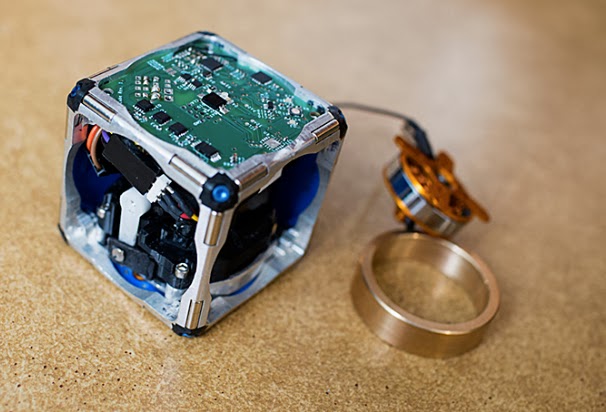Virtualization allows information technology (IT) to remotely manage entire fleets of computers, allowing the to remote management of software updates and secure connectivity. Intel is the only processor maker that enforces virtualization with on-chip hardware--called vPro--that insures users can get the applications they need and the security they require without having make a physical trip to IT. At the Intel Developers Forum 2013, Intel updated its vProp technology, boosting its performance with 4th generation Core technology as well as extending its reach from laptops and desktop PCs to tablets, 2-in-1s, Ultrabooks and all-in-ones: R. Colin Johnson @NextGenLog
 Intel's 4th generation Core procesors with vPro were described in his keynote at Intel Developer Forum 2013 by Kirk Skaugen, senior vice president and general manager of the PC Client Group.
Intel's 4th generation Core procesors with vPro were described in his keynote at Intel Developer Forum 2013 by Kirk Skaugen, senior vice president and general manager of the PC Client Group.































